Understanding How to Protect Your Lower Back
Aug 22, 2019 Article by Physician Emeritus
Article by Physician EmeritusNatural healing along with understanding how your back works are the basis of recovery from low back pain. Understanding how the low back is injured allows for prevention of low back attacks. Referring to the illustrations, notice that the spine is constructed of one vertebra stacked on top of the other with a flexible spacer, which acts as a load-bearing fulcrum in between (Figure 1). On the back of the spine, there is a house for the protection of nerves travelling through, much like electrical wires through a conduit (Figure 2). To allow for spinal mobility between the roof of one house and the other, there are a pair of interlocking joints (facet joints). These joints play a protective role in constraining the motion between the vertebra. When the roof of one house is pressed snuggly against the roof of the adjacent house the joints are engaged (“locked”) and very little motion between vertebrae is possible, minimizing the chance for soft tissue injury. If the joints are unengaged when a harmful loading of the spine occurs, strain (or “rip and tear”) of the soft tissues results. The most important soft tissue structure is the disc.
Figure 1
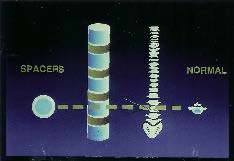
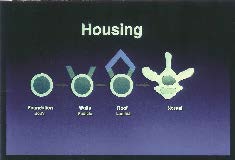 Legend 2. On the back of each bone referred to as the body is a house for the transport and protection of nerves.
Legend 2. On the back of each bone referred to as the body is a house for the transport and protection of nerves.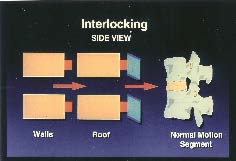
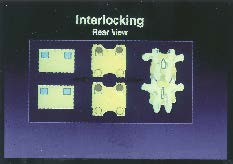 Legend 4. A motion segment is two bodies (vertebrae) and all soft tissues in between. Understanding how one motion of small segment works leads to knowledge about the function of the spine.
Legend 4. A motion segment is two bodies (vertebrae) and all soft tissues in between. Understanding how one motion of small segment works leads to knowledge about the function of the spine.Imagine a worker lifting an object with a long pry bar. By placing a fulcrum under the bar near the object, he/she can create greater forces at the tip of the bar because of the greater length of the bar on his/her side of the fulcrum. However, the fulcrum has to be strong enough to bear the load. A block of oak or steel would most often be adequate. A stick of warm butter would collapse under load creating a mess. A bad disc is much like the warm stick of butter in this analogy. In simple activities of daily lifting, we all bend and lift, creating torque across our discs. These repetitive activities prevent natural healing. The old fashioned treatment of absolute bedrest allows for healing. Bedrest is still effective for severe low back episodes, but is recommended for only a few days because prolonged rest leads to deconditioning. To continue our activities without aggravating the condition, we must learn to modify how we use the lower back. This modification comes under the category of what my former teacher referred to as “hygiene”. Your dental hygienist asks you to brush and floss. The dietician asks diabetics to modify their diets. I ask that you modify the use of your back with posture. There are different “postures” for different low back conditions. The subject of this article relates to proper posture to prevent injury of the disc and other soft tissues.
Injury can occur because of excessive load. Lifting something too heavy or too far in front of your body creates excessive torque, which causes tears in the fabric of the disc. Lifting a bulky object like a television could obviously create excessive torque. However, other activities like sit ups for abdominal strengthening, or even picking up a pencil on the floor can also cause excessive torque. Many disc injuries occur with a heavy cough, sneeze or forceful vomiting. Injury can also occur because of buckling.
Ligaments, because of their elasticity, allow motion between bones while restraining them from harm. Buckling is a rapid uncontrolled movement between vertebra. Normally motion around joints is controlled by muscles and ligaments. Muscles control by contracting. Ligaments control by stretching (bending, but not breaking).
While sitting, the lumbar spine is flexed. The ligaments that prevent excessive flexion are tight. If one bends forward while sitting, these same ligaments stretch, but prevent injury, assuming the forward bend is not violent. However, while standing, these same ligaments are loose because the lower back is no longer flexed. If one bends forward from standing, there is a range of motion at which those ligaments which prevent excessive extension and flexion are both loose. The motion in this range is said to be in “free-play”. That is, there is no elastic constraint of the motion. Without coordinated contraction of muscles in this range the joint “buckles” and excessive strain or injury can occur.
As an example, suppose you are carrying a cooler of ice, water and canned drinks and you make a misstep. As the fluid weight inside the cooler shifts from one end to the other, your back may travel through this “free-play” range of motion where the ligaments and muscles (unable to contract quickly enough) are unable to protect the disc. During this period of buckling, significant injury to the disc can occur. Buckling can occur during simple activities like the transition from standing to sitting (spine goes from extension to flexion) or even during a cough if the spine is in this unstable range during a cough.
Prevent injury to your back by staying out of this “free-play” range and avoiding a “buckle”.
The back is in extension when you stand or lay flat on your back or stomach. This position is characterized by an arch or sway in your lower back. When the back is extended the bones in your back will shatter under excessive load before the disc is injured. That is, you cannot harm your disc during activities of daily lifting if your back is extended. When your back is extended, the interlocking joints are engaged preventing harmful, uncontrolled motion. You can maintain this extension (sway) during the bend and lift if you are able to maintain contraction of your back muscles (extensors) while bending only at the hips. This motor skill can be learned. It is similar to sticking your bottom out as though you intend to moon someone (see figure 5). A natural contraction of the back muscles occurs when lifting one leg behind you before and during the bend, which is referred to as the golfer’s bend (see figure 6).
At least some strain occurs in the disc while sitting, bending, lifting and valsalva (coughing, sneezing, grunting, etc.) Strain also occurs during exercise such as abdominal sit ups. The low back extension, or sway, must be maintained during these times of strain.
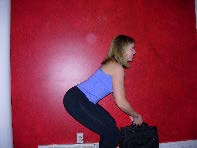
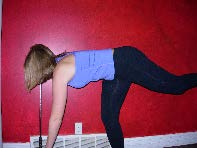
In summary, I would recommend you protect your back by maintaining the appropriate posture. A safe situp can be performed with a rolled up towel under the small of the back and by flexing (coming up) only a minimal amount. A safe cough can be executed by putting one’s forearm in the small of the back and bending backward. A safe pick up of the pencil on the floor can be done with the golfer’s bend. A safe lift can only be done by developing the motor skill to contract the back muscles during the lift. This extension posture to prevent buckling can be aggravating and harmful in certain back conditions (e.g. spinal stenosis). However, if an activity presents possible harmful strain to the disc, it may be necessary despite the fact that extension posturing is not recommended for patients with certain conditions. The dermatologist may not like the burned skin on the Coppertone tan girl, but the back doctor is proud of her ability to maintain sway while bending at the hips.



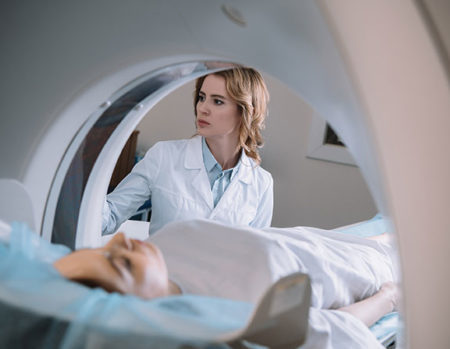 Our patients can receive MRI imaging onsite at both our Louisville and New Albany Clinics.
Our patients can receive MRI imaging onsite at both our Louisville and New Albany Clinics.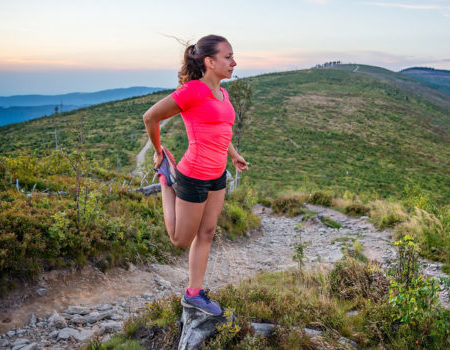 Providing the latest advances in orthopedic surgery is our specialty.
Providing the latest advances in orthopedic surgery is our specialty.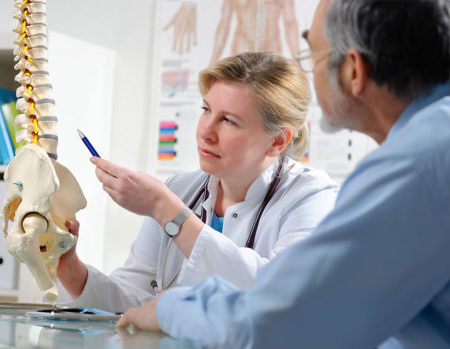 We take a unique, multidisciplinary approach to pain management.
We take a unique, multidisciplinary approach to pain management.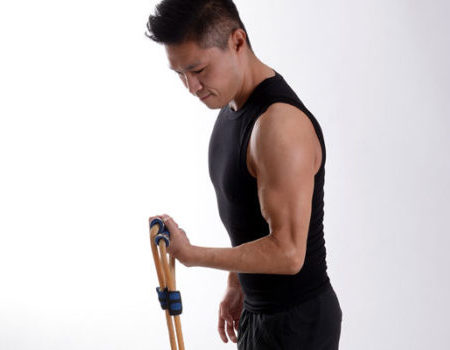 Our physical therapists use advanced techniques to help restore strength and mobility.
Our physical therapists use advanced techniques to help restore strength and mobility. 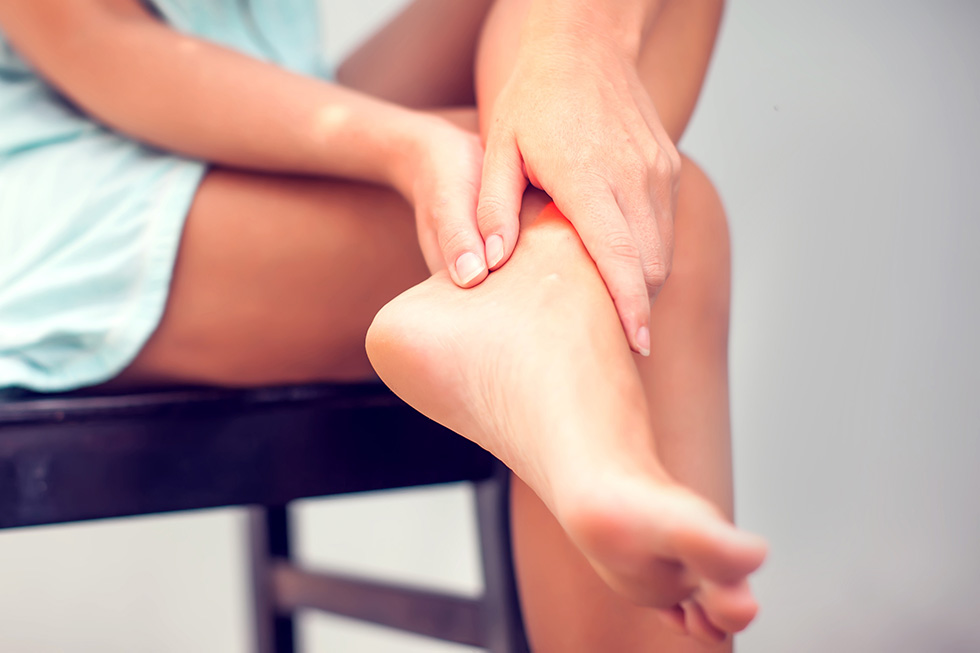 We provide comprehensive, conservative care for a wide variety of foot and ankle conditions.
We provide comprehensive, conservative care for a wide variety of foot and ankle conditions.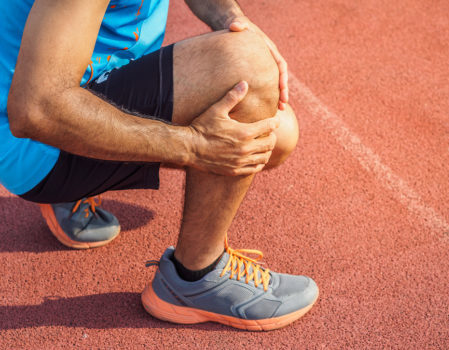 We offer same- and next-day care to patients with acute injuries.
We offer same- and next-day care to patients with acute injuries.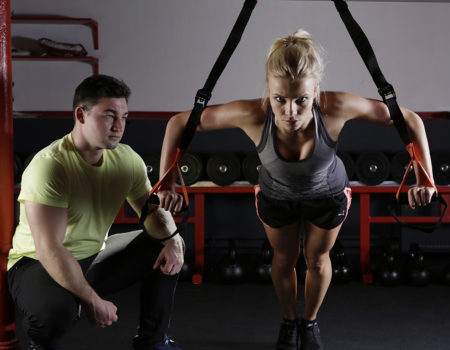 Get back in the game with help from our sports medicine specialists.
Get back in the game with help from our sports medicine specialists. 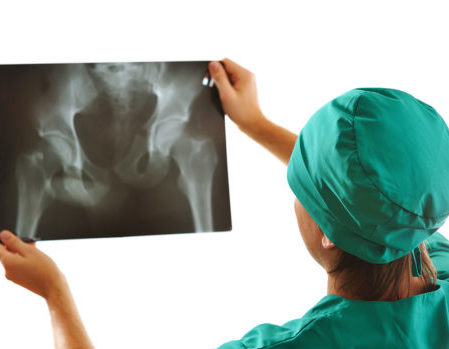 Our centers are equipped with a state-of-the-art digital X-ray machine.
Our centers are equipped with a state-of-the-art digital X-ray machine.